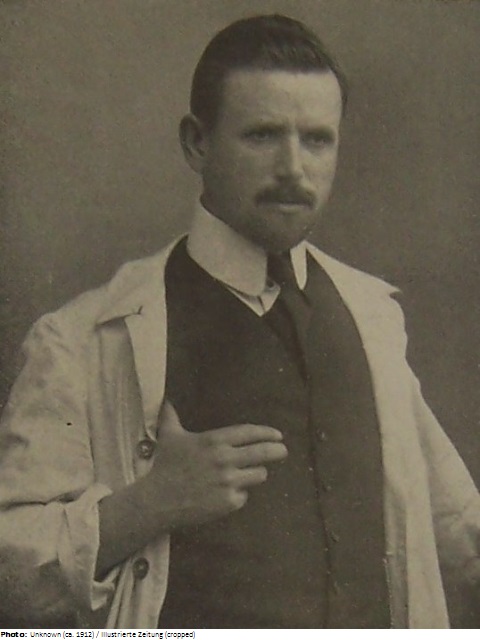German sculptor Hermann Hahn served a three-year apprenticeship as a woodcarver and sculptor in Saxony-Meiningen. Subsequently, he studied in München, and was appointed professor in 1902 at the München Academy. One of his students was Hans Stangl, a participant in the 1936 art competitions. During his studies, and also while teaching, he undertook study tours to many European countries. In 1912-13 he spent some time in the United States, particularly in Chicago, where he was involved in the installation of his Goethe monument. Hahn was a member of the Münchner Secession and the Deutscher Künstlerbund. His strength was realistic portrait sculpture. He created numerous traditional equestrian statues and monuments, but also medals and plaques, portrait and small sculptures. For Hitler he designed a bust (1936) and a medal of honor (1937). He took part in two Olympic Games (1928, 1936) in the Art Competitions in the sculpturing category. The statue Höhenflug (Flying high), which was said to be from 1932 according to the art catalog, was exhibited already in 1929 in München as a plaster model for a later bronze casting.

 Germany
Germany GER
GER GER
GER